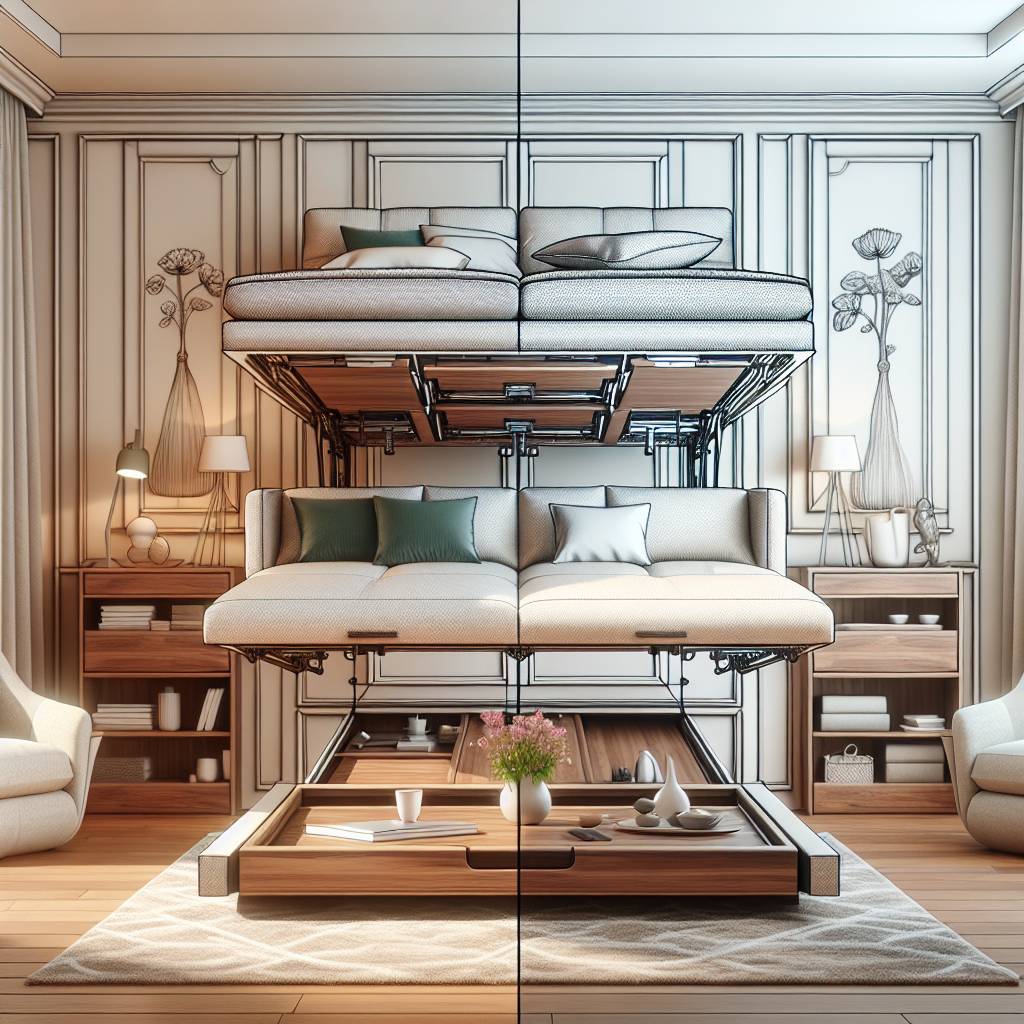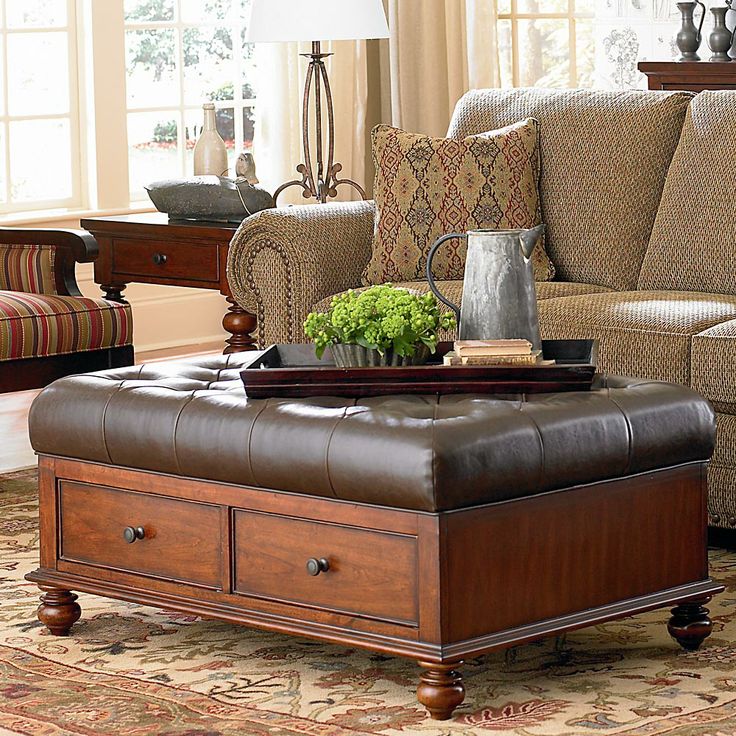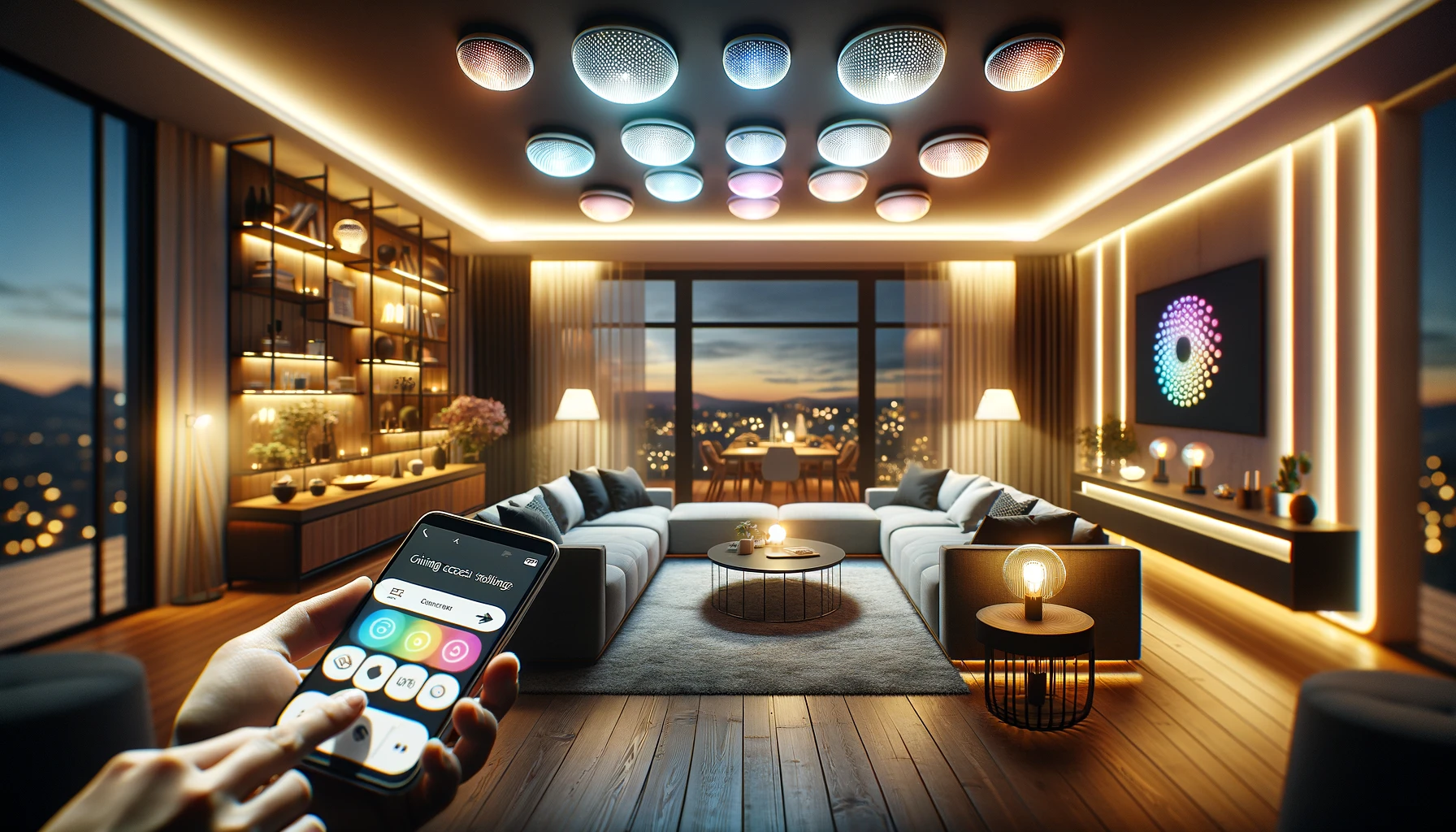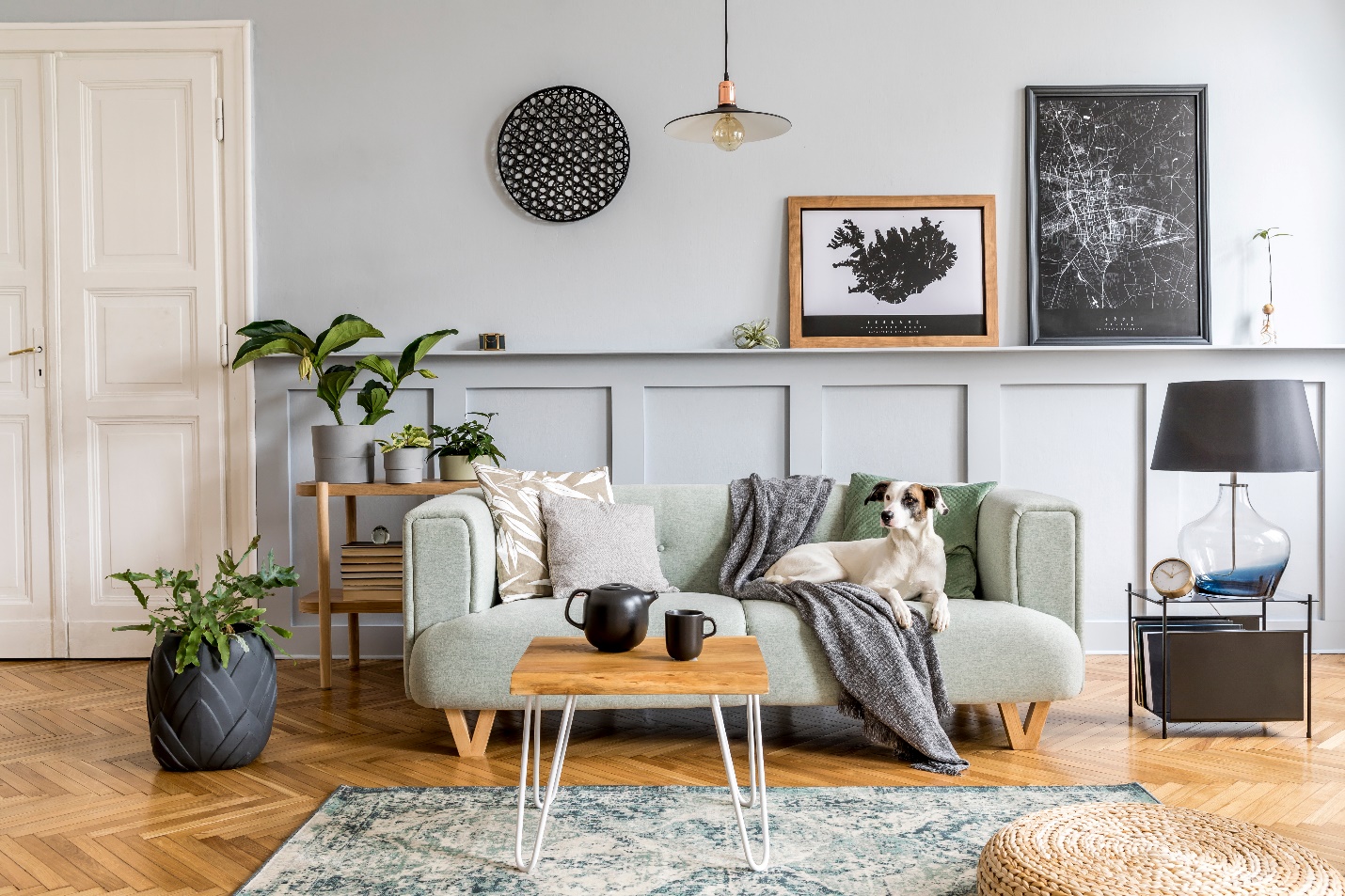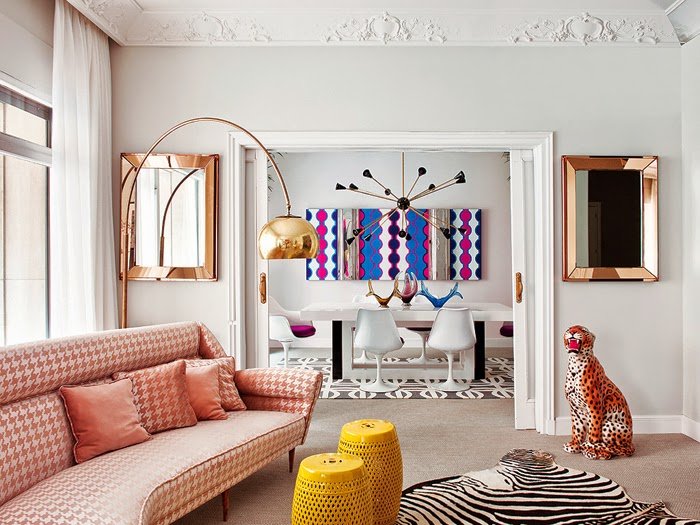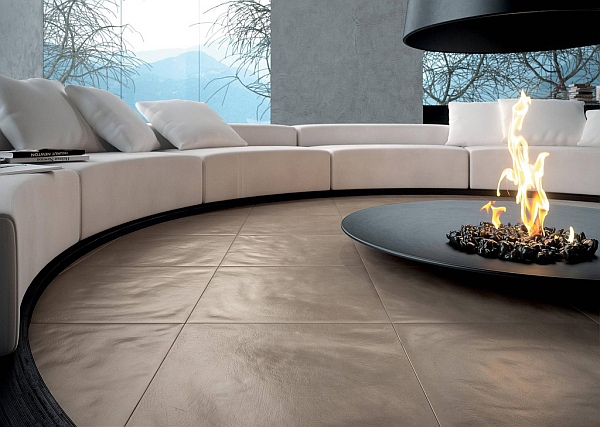Ever wondered how your living room can keep up with the ever-changing demands of daily life? Enter convertible furniture, the chameleon of your home decor that adapts to your needs without breaking a sweat. From sofas that transform into beds to coffee tables becoming dining spaces, these ingenious pieces have been unfolding their versatility since their inception. As modern homes shrink in size but not in functionality, convertible furniture for living rooms stands as a testament to smart design and efficient use of space.
In an era where every square foot counts, choosing furnishings that work double-duty isn’t just savvy; it’s essential. Reflecting on its brief yet impactful history, it’s clear why these multi-functional marvels are more than just a trend—they’re the future molded by necessity and imagination.
The Rise of Multifunctional Furniture in Modern Homes
Influence of Modern Lifestyle
Modern lifestyles, characterized by flexibility and adaptability, have significantly influenced furniture choices. As living spaces become smaller and more expensive, the need for versatile and space-saving solutions has grown. This shift has led to an increased demand for multifunctional furniture that can serve multiple purposes without compromising on style or comfort.
Multifunctional furniture reflects the dynamic nature of modern living, offering homeowners the ability to maximize their limited space while enjoying the benefits of a well-designed living area. For instance, a convertible sofa bed not only provides comfortable seating during the day but also easily transforms into a sleeping space for guests at night.
Factors Contributing to Popularity
The popularity of multifunctional furniture is driven by several factors. Firstly, it offers practicality by serving dual or even triple functions within a single piece. This versatility enables homeowners to make efficient use of their available space without cluttering their living areas with excessive pieces of furniture.
Moreover, as sustainability becomes an increasingly important consideration in consumer choices, multifunctional furniture aligns with this trend by promoting resource efficiency and reducing waste. By investing in one piece that serves multiple purposes, individuals can contribute to minimizing environmental impact while still enjoying stylish and functional interiors.
Furthermore, the advancement in materials and manufacturing processes has allowed for greater sophistication in design without sacrificing durability or functionality. This has resulted in an extensive range of products that seamlessly blend form and function—appealing to those who seek both aesthetics and practicality in their homes.
Examples of Multifunctional Furniture
In modern homes today, there is a wide array of multifunctional furniture being utilized to optimize living spaces effectively.
- Convertible coffee tables that can be raised to dining table height offer flexibility for dining or working from home.
- Storage ottomans with removable tops provide hidden storage while doubling as additional seating when needed.
- Wall beds (Murphy beds) are perfect examples where sleeping arrangements can be concealed during daytime hours providing extra floor space.
- Modular sofas with adjustable configurations allow homeowners to customize seating arrangements based on specific needs.
Choosing the Right Convertible Furniture for Your Space
Before investing in convertible furniture for your living room, it’s crucial to assess your space and needs. Consider the size of your living room, the layout, and how you typically use the space. If you often host guests or need extra sleeping arrangements, a convertible sofa bed might be ideal. On the other hand, if you require additional storage options, a convertible coffee table with hidden compartments could be more suitable.
When evaluating your needs, think about the functionalities that would best serve your lifestyle. For instance, if you work from home frequently, a convertible desk that can transform into a dining table offers practicality without compromising style. By understanding how you utilize your living room and identifying areas where multifunctional furniture could enhance convenience, you’ll be better equipped to make informed decisions when selecting convertible furniture.
Consider Your Space:
- Evaluate size and layout
- Identify specific requirements
- Think about daily usage patterns
The market offers various types of convertible furniture for living rooms, each catering to different purposes and preferences. From versatile sleeper sofas to modular shelving units that can transform into desks or entertainment centers, there are numerous options available to maximize functionality while minimizing clutter.
One popular choice is the convertible ottoman that serves as both a coffee table and extra seating when needed. Wall beds (Murphy beds) are an excellent solution for creating multi-purpose guest rooms within small living spaces. These examples illustrate how diverse convertible furniture designs can seamlessly integrate into different lifestyles while optimizing space utilization.
Types Available:
- Sleeper sofas
- Modular shelving units
- Convertible ottomans
- Wall beds (Murphy beds)
When choosing convertible furniture, prioritize quality construction and mechanisms that facilitate easy transformation between functions. Look for durable materials like hardwood frames for sofas or tables with smooth-operating hinges for seamless transitions between configurations.
Furthermore, consider aesthetics that complement your existing decor while offering practicality in multiple forms. Opting for neutral colors or timeless designs ensures longevity amid evolving interior trends while allowing flexibility in redecorating without replacing large pieces of furniture.
Tips:
- Prioritize quality construction
- Seek smooth-operating mechanisms
Space-Saving Solutions with Transformative Furniture
Saving Space
Convertible furniture for living room is a game-changer. These pieces are designed to serve multiple functions, allowing you to make the most of your living area without feeling cramped. For example, a sofa that can be transformed into a bed at night eliminates the need for an extra guest room, saving valuable floor space during the day.
Transformative furniture also includes coffee tables that can convert into dining tables or desks, providing versatility and functionality in small living rooms. This adaptability allows you to create different setups depending on your needs at any given time, making the most of every square foot available.
Real-life Examples
In real life, convertible furniture designs have revolutionized how people utilize their living spaces. Take Murphy beds as an example; these ingenious creations fold up vertically against the wall when not in use, freeing up floor space during the daytime hours. Similarly, ottomans with hidden storage compartments provide a dual-purpose solution by offering seating and stashing away clutter like blankets or magazines.
Another popular choice is nesting tables that stack neatly together when not in use but can be separated and utilized individually when needed. These examples showcase how transformative furniture seamlessly integrates practicality with aesthetics while optimizing limited spaces.
Impact on Room Aesthetics
The impact of transformative furniture on room aesthetics cannot be overstated. With cleverly designed pieces that blend seamlessly into your decor scheme, you don’t have to sacrifice style for functionality. In fact, many modern convertible furniture options are sleek and visually appealing while serving their dual purposes effectively.
For instance, a stylish sleeper sofa not only offers comfortable seating but also enhances the overall look of your living room. The ability to effortlessly transition from day-use mode to nighttime accommodation adds value without disrupting visual harmony within the space.
Furthermore, multifunctional shelving units not only provide storage solutions but also contribute to the aesthetic appeal of a room by displaying decorative items alongside functional ones. By incorporating such versatile elements into your home’s design scheme, you can achieve both practicality and visual allure without compromise.
Benefits of Multi-functional Table Transformers
Cost-Effective Solutions
Multi-functional convertible furniture for living room offers a cost-effective solution. Instead of purchasing separate pieces, you can invest in one item that serves multiple purposes. For example, a coffee table that transforms into a dining table saves money and space.
Table transformers provide excellent value for your money as they eliminate the need to buy individual items. This not only reduces costs but also allows you to allocate your budget more efficiently.
Long-Term Savings
Investing in multi-functional table transformers leads to long-term savings. Rather than spending on various furniture pieces over time, you can make a one-time investment in convertible furniture for your living room.
By choosing these versatile options, you avoid future expenses associated with buying additional tables or storage units. This smart investment helps you save money in the long run while enjoying the benefits of adaptable furniture.
Maximizing Limited Space
For those dealing with limited space, table transformers are a game-changer. These pieces offer flexibility without compromising on functionality or style.
A single item serving multiple purposes optimizes the use of space by reducing clutter and maximizing open areas within the living room. For instance, an adjustable coffee table provides extra surface area when needed and can be easily transformed back into its compact form after use.
Versatile Functionality
The versatility of multi-functional convertible furniture ensures efficient utilization of every inch within your living room. Whether it’s accommodating guests or creating temporary workspaces, these transformative tables cater to diverse needs without requiring additional square footage.
The ability to switch between different functionalities seamlessly allows homeowners to adapt their living spaces based on specific requirements at any given time.
Incorporating Hidden Beds into Living Room Layouts
Mechanism of Hidden Beds
Hidden beds, also known as wall beds or Murphy beds, are versatile pieces of convertible furniture that can be folded up and stored against a wall when not in use. They typically feature a hinge mechanism that allows them to be easily pulled down for sleeping and then stowed away during the day.
Hidden beds come in various designs, including vertical and horizontal orientations. Some models even incorporate additional features such as shelving units or built-in sofas to maximize space utilization.
These innovative pieces of furniture offer a practical solution for homeowners who want to make the most of their living room area without sacrificing style or comfort.
Advantages of Incorporating Hidden Beds
One major advantage of incorporating hidden beds into living rooms is the ability to create a multi-functional space. By seamlessly blending sleeping quarters with the living area, homeowners can optimize their home’s square footage while maintaining an aesthetically pleasing environment.
Hidden beds provide an excellent option for accommodating overnight guests without needing a dedicated guest bedroom. This flexibility is especially beneficial for individuals living in smaller homes or apartments where space is at a premium.
The seamless integration of hidden beds into living room layouts also contributes to an organized and clutter-free environment. When not in use, these convertible pieces neatly tuck away behind stylish facades, allowing the living room to serve multiple purposes without appearing overcrowded or disorganized.
Space Planning Considerations
Before installing a hidden bed in your living room, it’s essential to carefully assess your available space and layout options. Consider factors such as ceiling height, surrounding furniture placement, and access pathways when determining the most suitable location for your hidden bed installation.
When selecting a specific model or design for your hidden bed, take into account any additional features you may desire—such as integrated storage solutions or accompanying seating arrangements—to ensure optimal functionality within your living room setting.
Customization and Design Harmony
To seamlessly integrate a hidden bed into your existing decor scheme, consider customizing its appearance to complement other furnishings within the room. Whether opting for matching finishes or coordinating color palettes, ensuring visual harmony will contribute to an overall cohesive aesthetic.
Modular Seating: Comfort Meets Flexibility
Defining Modular Seating
Modular seating refers to furniture pieces that can be arranged and rearranged in various configurations to suit different needs. These pieces typically consist of individual units that can be separated or combined, offering versatility in design and layout. Modular seating includes sofas with detachable sections, ottomans, chairs, and chaises that can be repositioned to create different seating arrangements.
Modular seating provides a range of benefits for living rooms. It allows homeowners to customize their space based on specific requirements, whether it’s accommodating a large gathering or creating an intimate setting for relaxation. The flexibility of modular seating enables individuals to adapt the arrangement according to changing needs, making it an ideal choice for dynamic living spaces.
The touch-and-feel experience of modular seating contributes significantly to the comfort factor in living rooms. With options like adjustable headrests and reclining features, modular sofas offer personalized comfort levels tailored to individual preferences. The ability to modify the configuration ensures that everyone can find their perfect spot within the living room setup.
Enhancing Comfort and Flexibility
By incorporating modular seating into living room layouts, homeowners can optimize available space while maintaining a comfortable environment for everyday use. For instance, families may choose a sectional sofa with interchangeable components that allow them to create cozy corners or open up more floor space as needed. This adaptability is particularly beneficial when hosting gatherings or accommodating different activities within the same area.
Moreover, modular designs cater well to multifunctional spaces where diverse activities take place—such as watching TV, reading books quietly in a corner nook created by rearranging ottomans around an armchair—or engaging in lively conversations during social events facilitated by versatile sofa configurations.
Popular designs include L-shaped sectionals with moveable chaises or ottomans; loveseats with detachable arms; and armless chairs that seamlessly connect with other pieces through specialized connectors such as clasps or hooks. These variations provide ample opportunities for customization while ensuring optimal comfort and functionality within any living room setting.
Factors to Consider for Quality Convertible Furniture
Durability
Durability is crucial. You want furniture that can withstand frequent use and the wear and tear of everyday life. Look for sturdy materials like solid wood, metal frames, or high-quality engineered wood. These materials ensure that your convertible furniture will last for years without losing its functionality or appeal.
Convertible sofas, for example, should have a robust frame and durable upholstery to withstand regular transformations from seating to sleeping arrangements. By choosing durable pieces, you’re investing in long-lasting furniture that retains its quality over time.
Safety Standards
Ensuring the safety of your household is paramount when selecting convertible furniture. Check if the products meet safety standards set by relevant authorities. Look out for certifications such as those from the American National Standards Institute (ANSI) or Underwriters Laboratories (UL). For instance, bunk beds with convertible features should adhere to strict safety guidelines to prevent accidents and injuries.
Material Quality
The material used in convertible living room furniture significantly impacts its overall quality. Opt for upholstery fabrics known for their longevity and easy maintenance, such as microfiber or leatherette. When considering storage ottomans with convertible tops, prioritize ones made from strong yet lightweight materials like hardwood or engineered wood.
How Convertible Furnishings Revolutionize Living Spaces
Versatile Functionality
Convertible furniture for the living room offers versatile functionality, transforming a space into a multi-purpose area. For instance, a sofa that can be converted into a bed provides an excellent solution for accommodating overnight guests without the need for extra rooms. This versatility maximizes the utility of limited living space and enhances comfort and convenience.
Convertible coffee tables with adjustable heights or expandable surfaces offer flexibility in usage. These pieces can serve as regular coffee tables during the day but transform into dining tables when needed. Such adaptability ensures efficient use of space and promotes practicality in modern living areas.
Technological Advancements
The role of technology has significantly advanced convertible furnishings, leading to innovative designs that seamlessly integrate form and function. For example, motorized mechanisms enable smooth transformation between different configurations, enhancing user experience and convenience. Furthermore, smart features like remote-controlled adjustments or integrated storage compartments add value to convertible furniture by improving usability and efficiency.
Moreover, advancements in materials technology have facilitated the development of lightweight yet durable components for convertible furniture. This has led to the creation of sleek designs that are easy to manipulate while maintaining structural integrity. As a result, modern consumers can enjoy aesthetically pleasing yet highly functional pieces that cater to their evolving lifestyle needs.
Several case studies demonstrate how convertible furnishings have revolutionized living spaces across different contexts. In urban environments where space is at a premium, compact apartments benefit from multifunctional furniture solutions such as wall beds or modular seating arrangements with hidden storage compartments. These innovations allow residents to optimize their living areas without compromising on style or comfort.
Furthermore, collaborative workspaces and communal areas in commercial settings have embraced adaptable furniture concepts to promote dynamic usage scenarios. For instance, conference rooms equipped with flip-top tables or nesting chairs facilitate quick reconfiguration for various meeting formats or events. This adaptability supports productivity and fosters creativity within professional environments.
Setting Up Your Living Room with Convertible Pieces
Step-By-Step Guide
When setting up your living room with convertible furniture, start by selecting pieces that serve multiple functions, such as a sofa bed or an ottoman with storage. This ensures versatility and practicality in a limited space. Arrange the furniture to allow for easy conversion between different forms without obstructing pathways or creating visual clutter.
Consider the flow of movement within the room, ensuring that there is enough space to transform each piece without difficulty. For instance, when using a convertible coffee table that can be raised to dining height, ensure there’s ample clearance around it for comfortable seating and movement. Strategically position the convertible items so they complement each other when used in their various configurations.
To maintain balance and harmony when using convertible furniture, opt for cohesive design elements such as color schemes and materials across all pieces. This creates a unified look even as the furniture transforms into different functions. For example, if you have a modular sectional sofa that can be rearranged into different shapes, choose complementary upholstery colors or patterns to tie everything together visually.
Tips for Maintaining Balance
Another tip is to use versatile accessories like throw pillows and area rugs to add warmth and personality while tying together the diverse functions of your convertible furnishings. These small accents can help create cohesion throughout the living room while allowing each piece of furniture to shine in its various forms.
Consider incorporating multifunctional lighting solutions such as adjustable floor lamps or pendant lights with dimmer switches. This allows you to adapt the lighting based on how your convertible pieces are being utilized at any given time—whether it’s lounging on a daybed or hosting guests around an extended dining table.
Common Mistakes To Avoid
When arranging convertible furniture in your living room, avoid overcrowding the space with too many transforming pieces. While versatility is valuable, overloading the room with numerous convertible items can lead to a chaotic atmosphere instead of providing practical functionality.
Furthermore, refrain from neglecting proper maintenance of these multifunctional pieces; failing to follow care instructions could result in premature wear and tear or malfunctioning mechanisms.
Conclusion: Transforming Living Spaces with Innovation
Embracing convertible furniture is like hitting the refresh button on your living room—it’s a game changer. You’ve seen how multifunctional pieces can morph your space from cramped to capacious, all while oozing style. Think about it: a coffee table that transforms into a dining area or a sofa that conceals a bed—these aren’t just furniture; they’re your space-saving sidekicks. With the right picks, you create a living room that works harder so you can kick back and relax more.
Ready to revolutionize your home? Dive into the world of transformative furnishings and let innovation take the wheel. It’s not just about making do; it’s about making better. So go ahead, mix comfort with flexibility and quality with creativity. Your living room is waiting for its next big thing—are you up for the challenge? Start transforming today!
Frequently Asked Questions
What are the benefits of convertible furniture for living rooms?
Convertible furniture offers versatility and space-saving solutions, allowing you to maximize your living room’s functionality without compromising on style. With innovative designs, you can transform a single piece into multiple functions, optimizing your space and enhancing convenience.
How do I choose the right convertible furniture for my living room?
Consider factors such as size, design, and functionality to ensure the furniture complements your existing decor while serving its intended purpose. Look for high-quality materials and sturdy construction to guarantee longevity and durability in your living space.
Can modular seating really provide comfort and flexibility?
Absolutely! Modular seating allows you to customize your arrangement according to specific needs or occasions. It’s like having a puzzle that adapts to different scenarios – whether it’s hosting guests or simply creating a cozy spot for relaxation.
Are hidden beds practical for incorporating into living room layouts?
Hidden beds offer an excellent solution for maximizing space in smaller homes or apartments. They seamlessly blend into the overall design of the living room while providing an extra sleeping area when needed, making them both practical and convenient.
How does transformative furniture revolutionize living spaces?
Transformative furniture redefines traditional expectations by offering multifunctional capabilities that adapt to various activities within a single space. This innovation not only optimizes functionality but also introduces an element of creativity and adaptability into modern homes.
